When we think of classic cars, the mind often jumps to icons like the Mustang, Corvette, or Porsche 911—vehicles that defined eras and still draw crowds at car shows today. But not every car from the past deserves that nostalgic glow. Plenty of models failed to leave a positive mark, and some are remembered more for their flaws than their achievements. From poor build quality to uninspired design, these vehicles have slipped into obscurity without many enthusiasts begging for their return. Here are 11 so called classics that few people truly miss, expanded with more detail on why they’ve earned their place in the “forgotten” category.
Ford Pinto

The Ford Pinto has gone down in history for all the wrong reasons. On paper, it was supposed to be Ford’s answer to the wave of small imports hitting North America in the 1970s. In practice, it was cheap, underpowered, and tragically associated with a series of fuel tank fires that became headline news. While it sold in large numbers at launch, the scandal ruined its reputation, and few people today are nostalgic for a Pinto. Even diehard Ford fans prefer to erase it from the brand’s story, choosing to remember Mustangs and Thunderbirds instead.
AMC Pacer
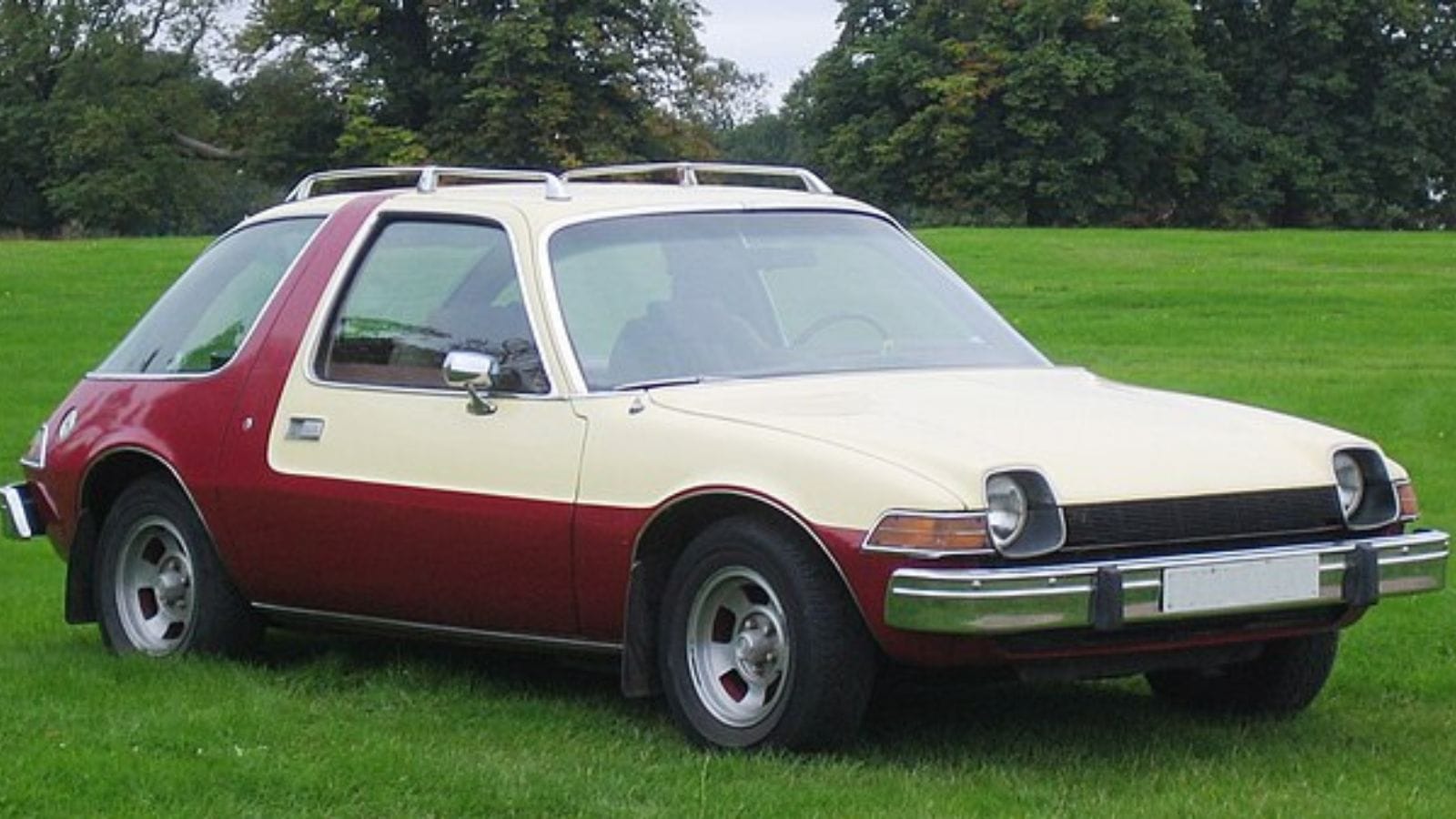
At its debut, the AMC Pacer’s rounded, glass heavy design was hailed as futuristic. Unfortunately, what seemed quirky in the mid 70s aged into awkwardness almost immediately. The heavy body, weak engines, and mediocre performance left drivers underwhelmed. The Pacer has earned a place in pop culture thanks to appearances in films like Wayne’s World, but very few collectors view it as a desirable car. It’s the kind of oddity you chuckle at during a car meet, not something you pine for in your garage.
Chevrolet Vega
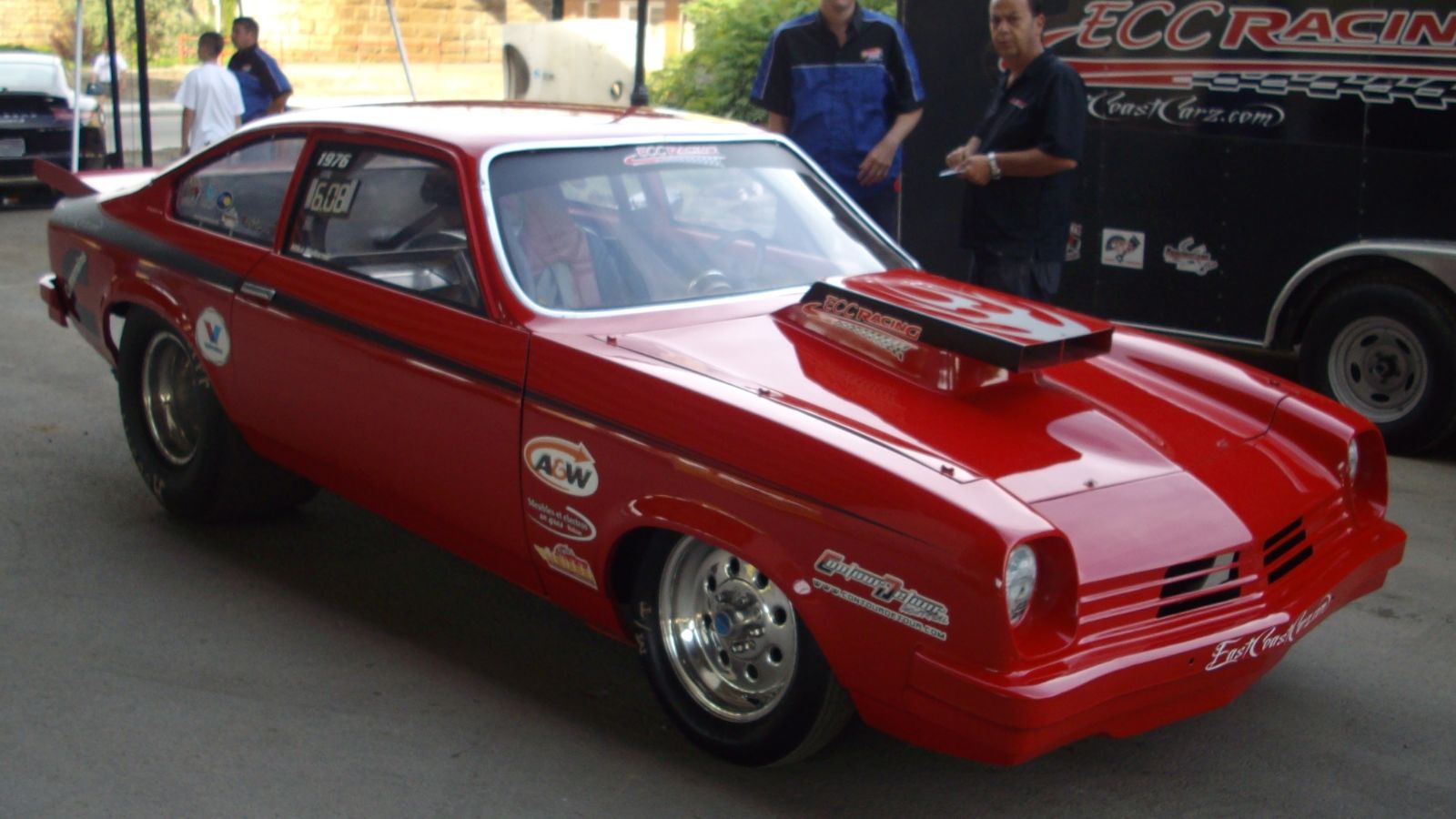
Chevrolet poured huge resources into the Vega, hoping it would compete with the Japanese imports arriving in North America. Instead, it became infamous for its aluminum engine that overheated and wore out prematurely, and for rust problems that appeared alarmingly fast. Owners discovered that their once shiny new Vegas were falling apart before they were even paid off. While some GM products from the era have gained classic appeal, the Vega is often left out of the conversation entirely.
Chrysler LeBaron (1980s models)
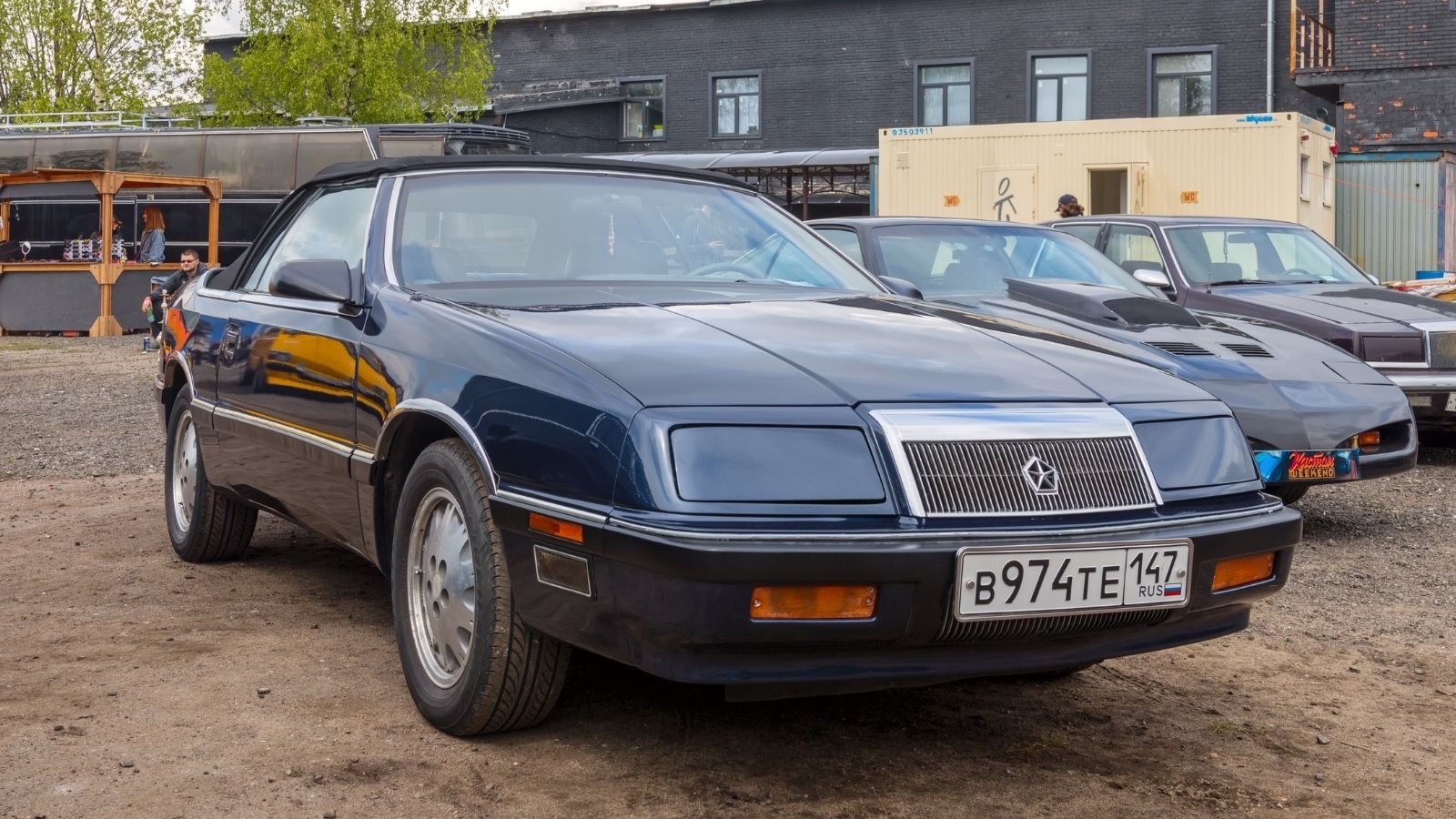
By the 1980s, Chrysler’s LeBaron had gone from a respectable name to a symbol of bland mediocrity. The convertible version was marketed as an affordable luxury experience, but in reality, it had underwhelming engines, questionable build quality, and styling that failed to stand out. Today, it’s sometimes referenced in TV nostalgia for the 80s, but you won’t see enthusiasts restoring LeBarons alongside muscle car heroes. The lack of lasting charm explains why the LeBaron has quietly slipped into history’s background.
Renault Alliance
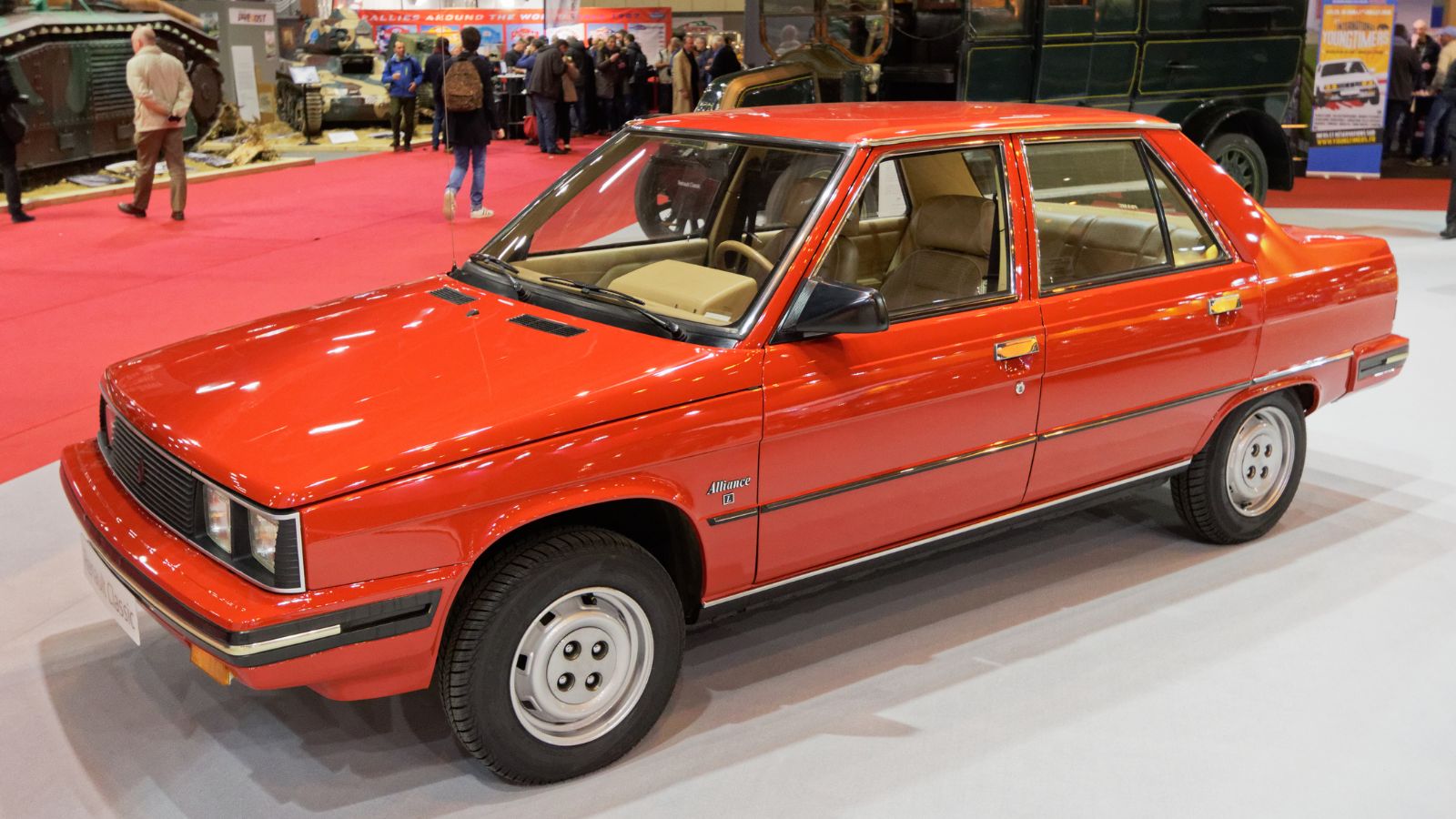
When AMC teamed up with Renault to bring the Alliance to North America in the 1980s, the idea sounded promising: affordable European flair with American availability. But the Alliance quickly showed its flaws. Build quality was inconsistent, reliability was poor, and rust issues were rampant. Buyers who wanted a taste of European sophistication got headaches instead. Unlike quirky French cars like the Citroën DS, which gained cult followings, the Renault Alliance simply faded into obscurity without much fanfare.
Cadillac Cimarron
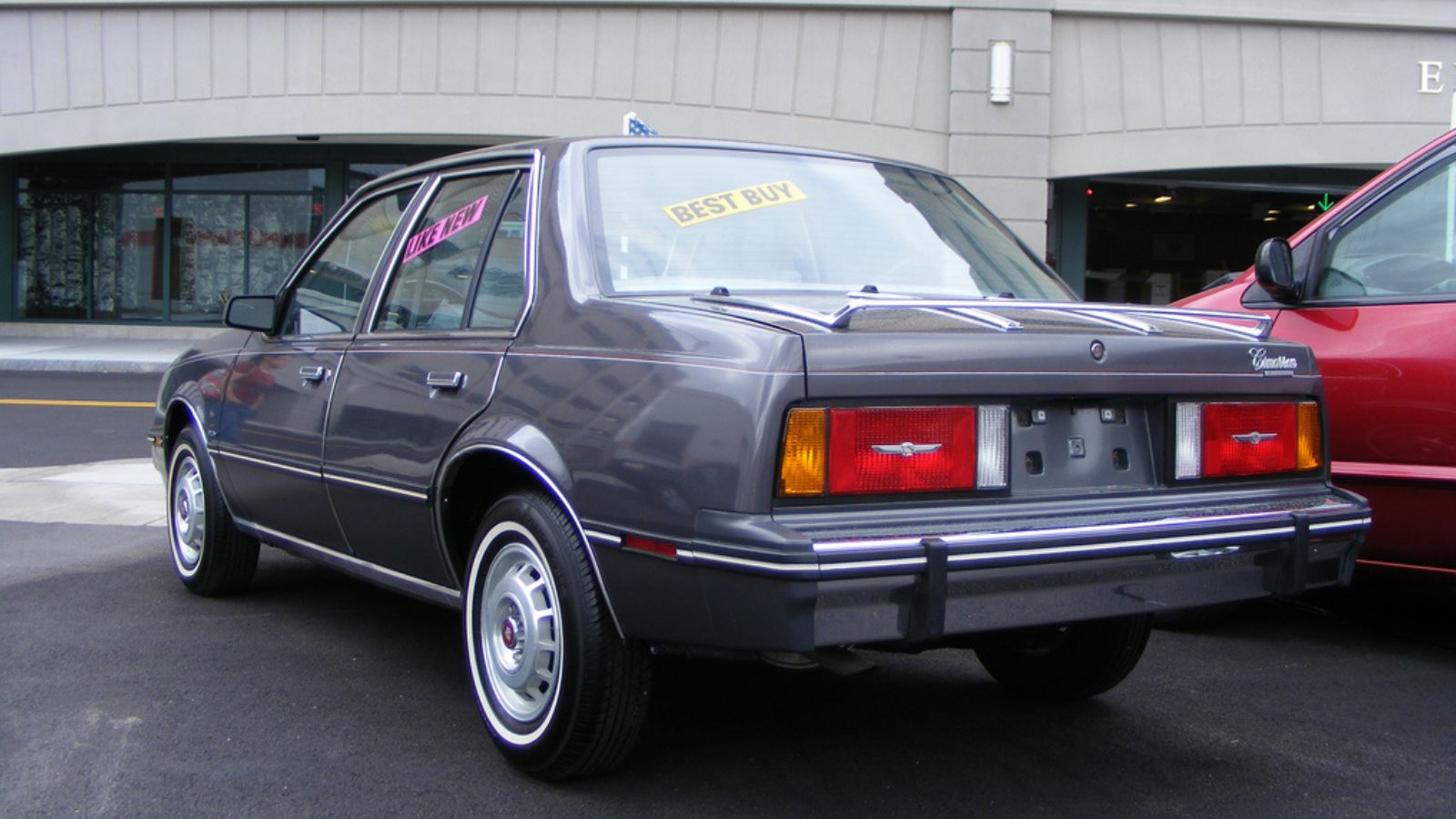
The Cimarron is widely considered one of Cadillac’s lowest points. It was nothing more than a Chevrolet Cavalier dressed up with Cadillac badges and a higher price tag. The problem was that buyers expecting Cadillac luxury were met with a bare bones compact that failed to justify its cost. The Cimarron’s existence damaged Cadillac’s reputation for years, and even today, collectors avoid it. It remains one of the most infamous examples of lazy badge engineering in American automotive history.
Yugo GV
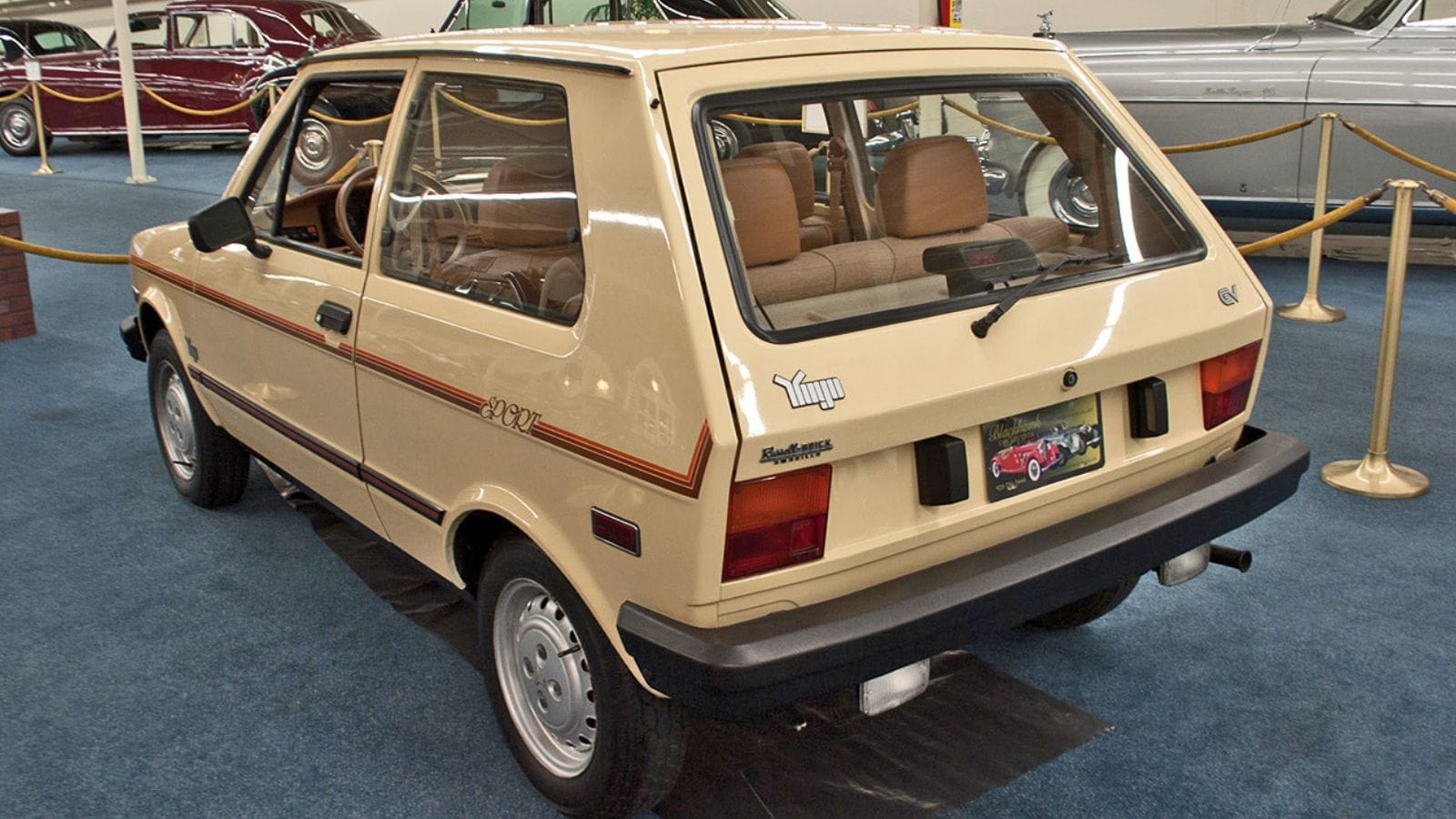
The Yugo GV entered the American market in the 1980s with one big selling point: price. It was the cheapest new car you could buy, and unfortunately, it showed. Built in Yugoslavia with questionable quality standards, the Yugo quickly developed a reputation for being unsafe, unreliable, and disposable. Comedians and car critics alike made it the butt of countless jokes. Today, it has novelty appeal for some collectors who like weird cars, but nobody seriously misses it as a piece of automotive history.
Plymouth Volaré

The Plymouth Volaré was meant to be the car that modernized Chrysler’s lineup in the late 1970s. Instead, it became another black mark on the brand’s record. Rust issues, poor build quality, and bland design doomed it quickly. While Chrysler muscle cars like the Barracuda and Road Runner enjoy legendary status, the Volaré is almost never seen at car shows. Even diehard Mopar fans have little interest in keeping its memory alive.
Merkur XR4Ti
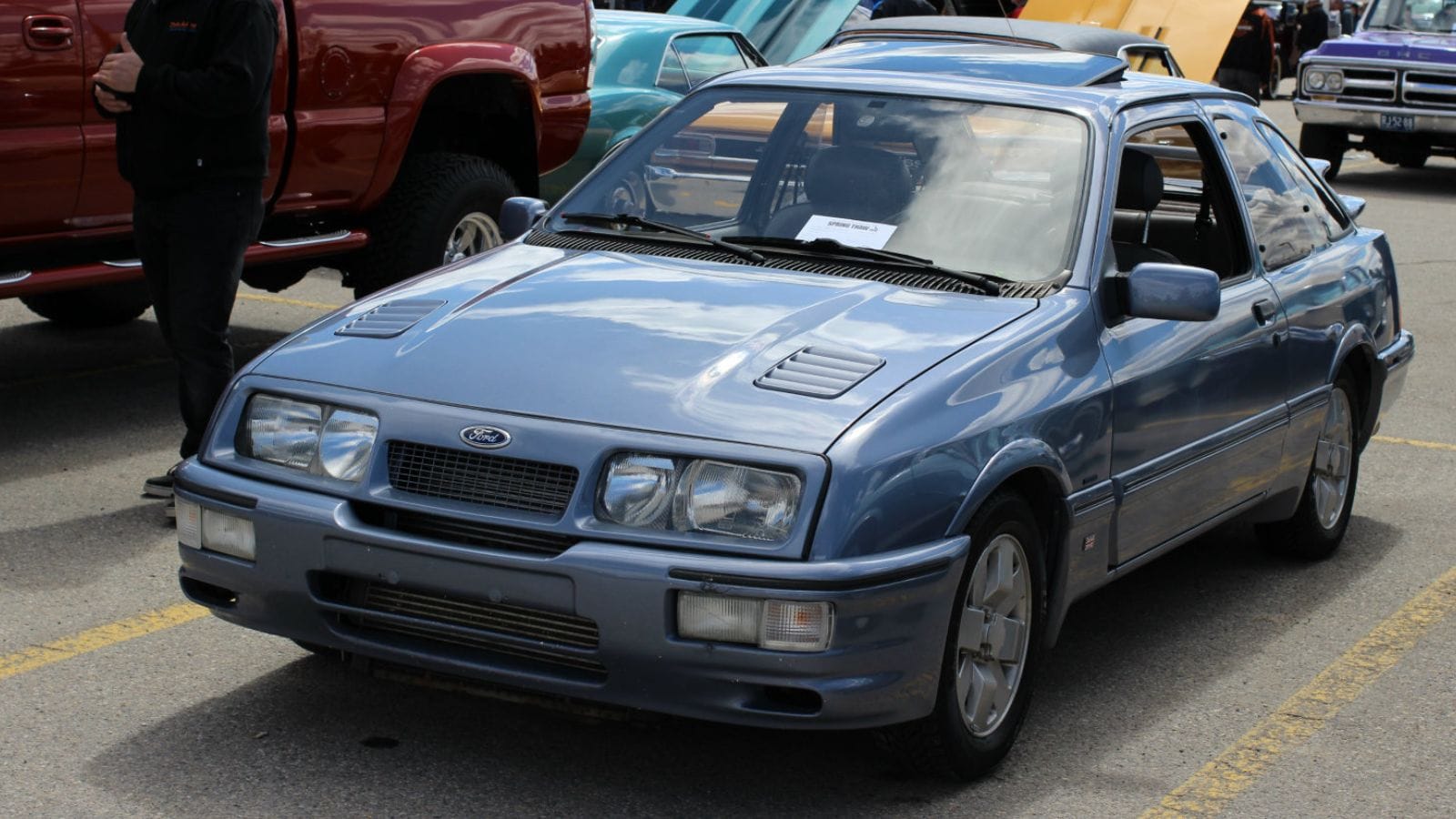
Ford tried to introduce some European sophistication into the North American market with the Merkur XR4Ti, based on the Ford Sierra from Europe. But it was hampered by high pricing, unusual styling with its split rear spoiler, and lack of dealer support. It was too expensive for mainstream buyers and too odd for enthusiasts to embrace. Today, it exists more as a curiosity for fans of obscure 80s cars than as a genuine classic. The Merkur brand itself was short lived, and few mourned its passing.
Dodge Aspen
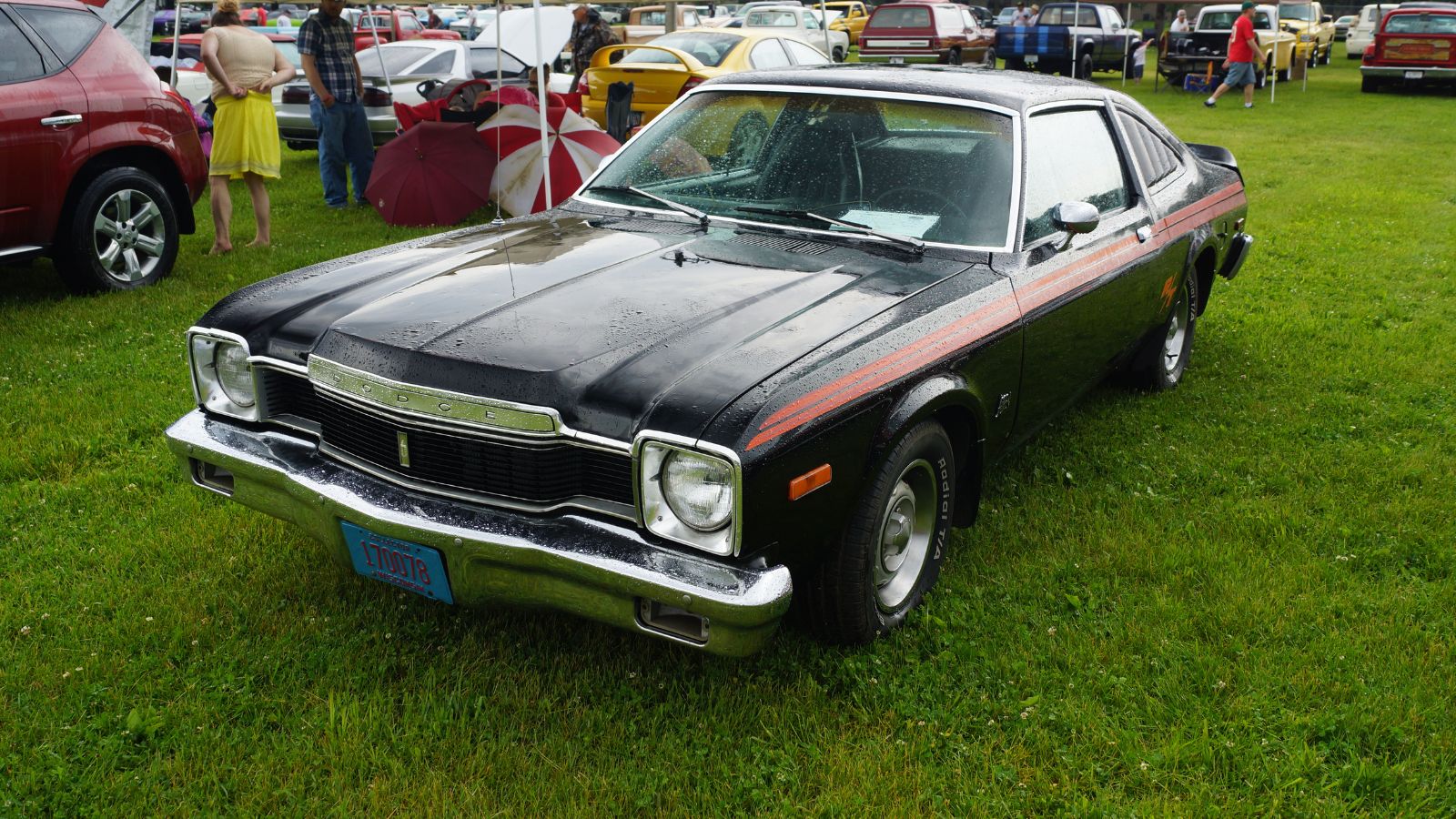
The Dodge Aspen debuted in the mid 1970s and even managed to win Motor Trend’s Car of the Year in 1976. Unfortunately, reality didn’t match the accolades. The Aspen quickly developed a reputation for rust, reliability issues, and recalls. It became one of the most disappointing Chrysler products of its time. While it once carried hype, today it’s remembered as little more than a failed experiment. You won’t find enthusiasts lining up to restore Aspens in 2025.
Sterling 825/827

The Sterling 825 and 827 were rebadged Rover models sold in the US with Honda powertrains. In theory, combining British design with Honda engineering should have been a winning formula. In practice, poor British build quality undid any of Honda’s reliability benefits. Interiors fell apart, electronics failed, and the cars depreciated rapidly. Sterling pulled out of the US market within a few years, and the cars became virtually invisible. Unlike other quirky imports, the Sterling has no cult following it’s a forgotten chapter most people are glad to leave closed.
Why These Cars Aren’t Missed
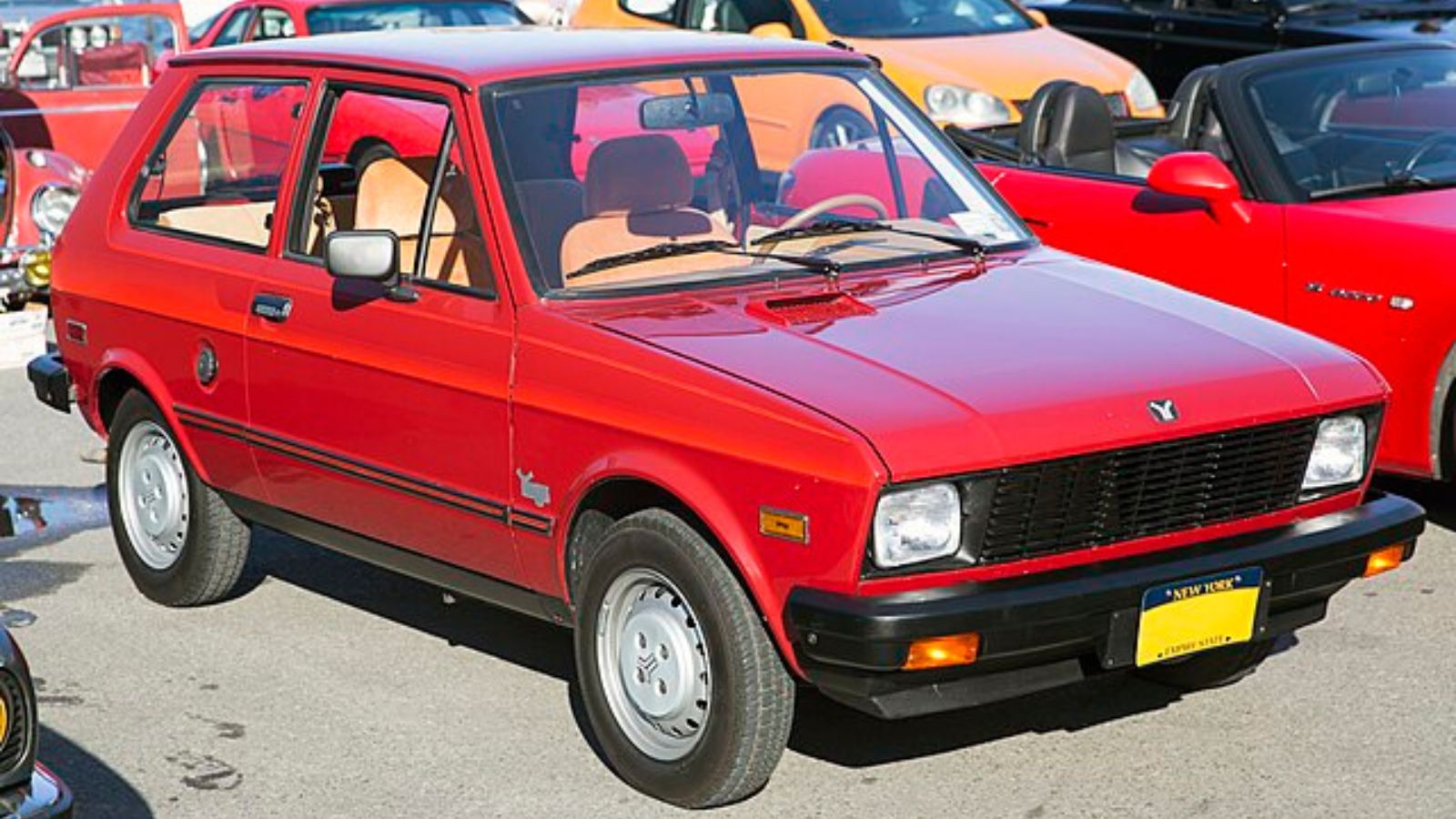
All of these vehicles share common flaws: poor reliability, uninspired design, or reputations that were tarnished by scandal. While some oddball classics are celebrated for their quirks, these cars have not been rescued by nostalgia. At best, they live on as jokes or curiosities, and at worst, they are buried in history without anyone shedding a tear. The automotive world has its icons, but it also has its embarrassments and these are cars that enthusiasts are more than happy to forget.
25 Facts About Car Loans That Most Drivers Don’t Realize

Car loans are one of the most common ways people fund car purchases. Like any other kind of loan, car loans can have certain features that can be regarded as an advantage or a disadvantage to the borrower. Understanding all essential facts about car loans and how they work to ensure that you get the best deal for your financial situation is essential. Here are 25 shocking facts about car loans that most drivers don’t realize:
25 Facts About Car Loans That Most Drivers Don’t Realize